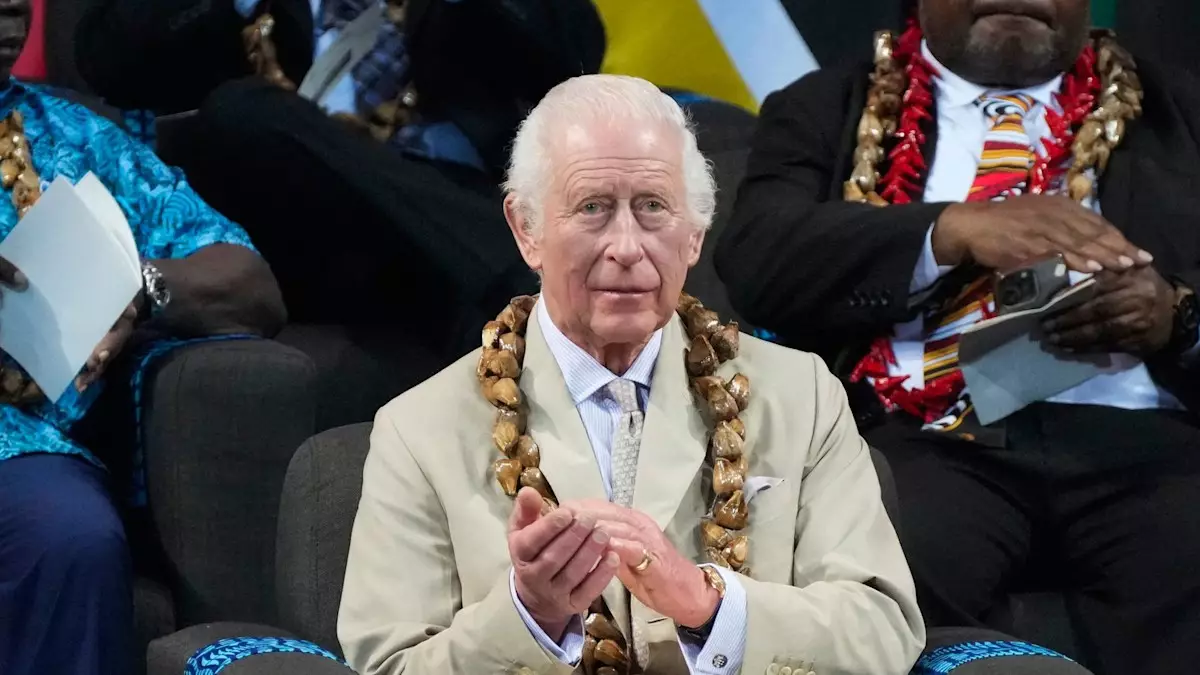In a remarkable turn of events, King Charles III recently announced a temporary hiatus from his cancer treatment to embark on an official tour to Australia and Somalia. This decision raised eyebrows among royal watchers, highlighting the delicate balance between duty and personal health. The king’s medical team greenlit this brief pause, yet imposed strict guidelines on how long he could be away from his treatment. His admission during an international sustainability conference at Buckingham Palace reflected both his commitment to public service and the challenges posed by his illness. He lamented missing Fiji on the royal itinerary, emphasizing the ongoing tug-of-war between health obligations and royal responsibilities.
Initially, King Charles and Queen Camilla had aspirations to travel to New Zealand as part of their royal engagements. However, these plans were shelved to prioritize his health. This scenario underscores the broader implications of monarchy wherein personal health cannot be easily separated from public expectations. As the 75-year-old monarch contends with the realities of his condition, royal duties seem to take on new significance and urgency, influencing both travel plans and daily routines in the royal household.
In Robert Hardman’s book “Charles III: New King. New Court. The Inside Story,” the dynamics of King Charles’s home life come under scrutiny, particularly the supportive role played by Queen Camilla. Her influence becomes apparent in many aspects, especially when it comes to the King’s eating habits, a notable subject given his previous aversion to lunch. Historically, King Charles avoided the midday meal, viewing it as risky in multiple ways—from potential health concerns to the embarrassment of unflattering photographs. However, the King’s current health challenges necessitate a reevaluation of his traditional practices.
Under the gentle yet firm encouragement from his doctors and wife, Charles has made strides toward adopting healthier eating habits. The shift to incorporating lunch into his daily routine is a tangible sign of adaptation amidst challenging circumstances. Despite the adjustments, there remains a degree of skepticism regarding the type of meals consumed, with insiders noting that the King’s idea of lunch is far from lavish. The nourishment he receives during this midday break is limited, a reflection of his past eating habits, yet it serves an important purpose: promoting wellness during a taxing time.
Ultimately, King Charles III’s journey through health challenges presents a compelling narrative of resilience and adaptation. While the royal engagements remain paramount, it is evident that personal health takes precedence in the face of adversity. The King’s willingness to comply with medical advice and embrace change—exemplified by his evolving dining habits—demonstrates a commitment to both his well-being and his responsibilities as a monarch. As the world watches how he navigates this new landscape, there is a profound appreciation for a king who seeks to fulfill his duties while honoring the necessity of self-care.

